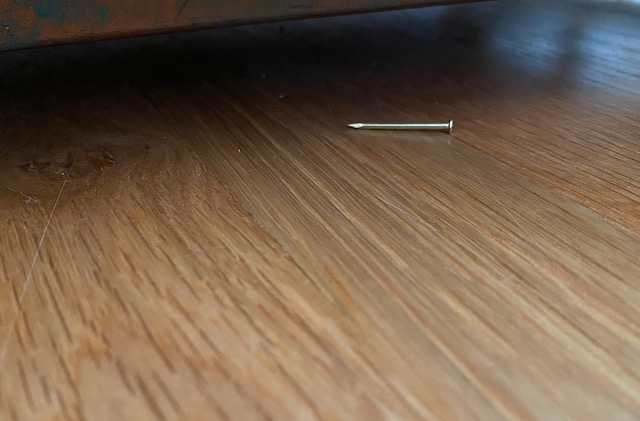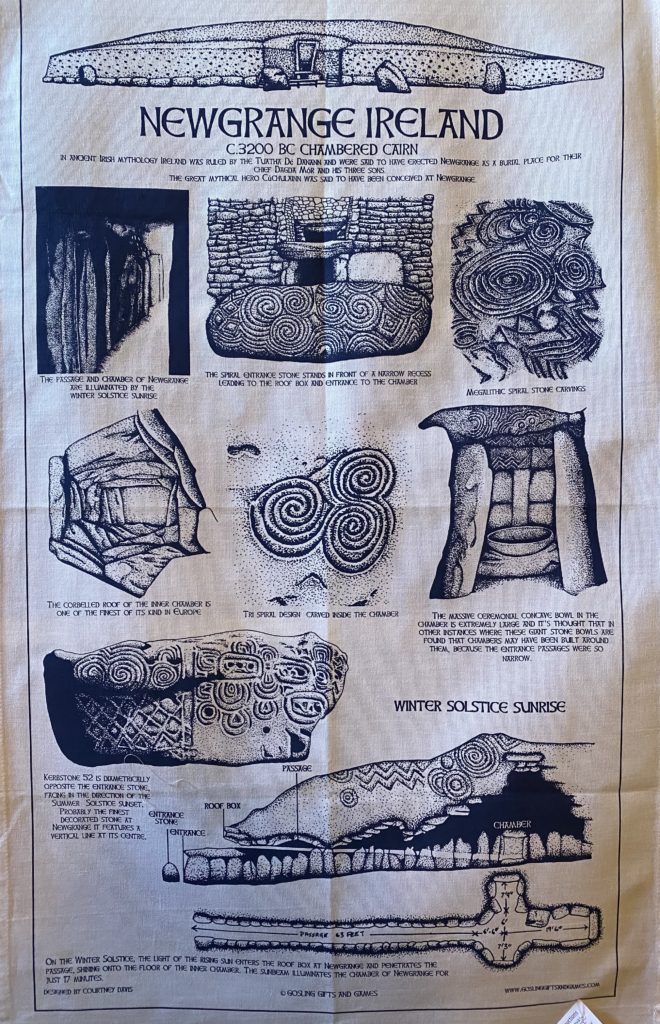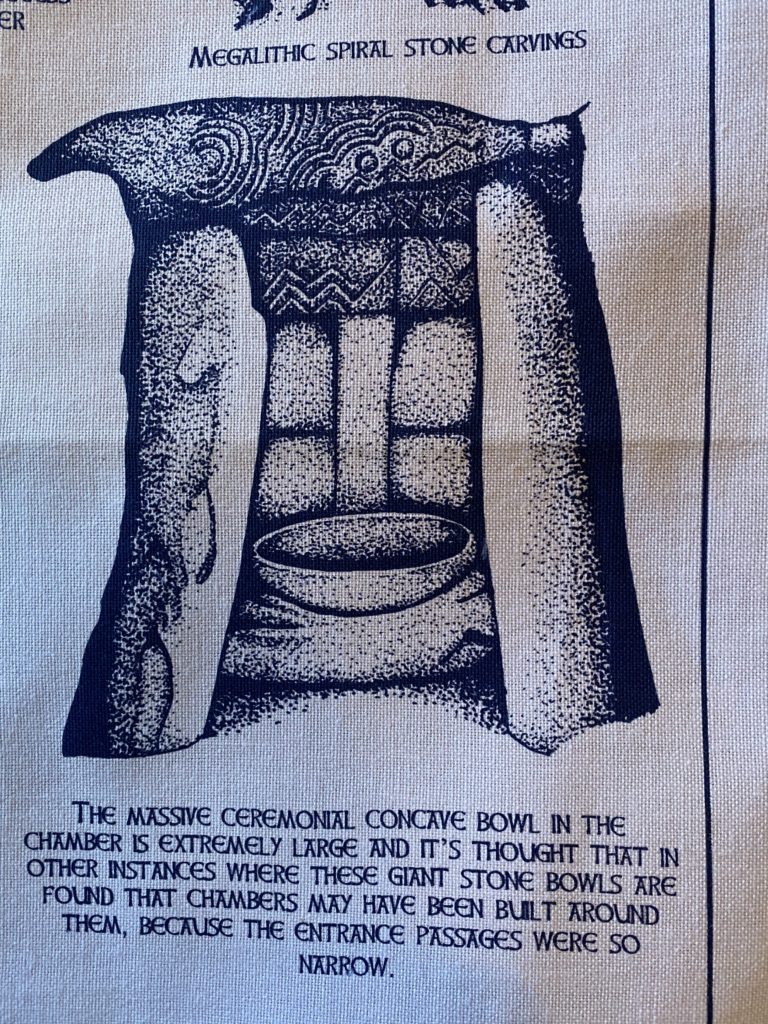For a few minutes in the early morning, the angle of light from the sun, the tree line out back, the frame of a particular window and doorway, all align perfectly to send a shard of light across the kitchen counter. It illuminates a simple notepad I keep there. This narrow pointer of sunlight travels through the house from another room—an alignment that happens only around the summer solstice.

I’m still learning the light in this house and across this bit of land. Even now as I write, the changing angle of light illuminates a small brass nail on the oak floor. It must have fallen there, unnoticed, in a recent round of hanging art on the wall. For a moment the nail is easy to see, though when the light changes it will disappear again.
This week I read David Whyte’s “The House of Belonging.” There’s a subtle trinity in this poem—of wholeness in oneself, belonging, and connection. Whyte’s words embody a peace that comes from knowing that even in solitariness, he’s not alone. His sense of belonging comes from the connection of the soul to its source, to the mystery and beauty of all things, and to life itself. This connection to life is a connection to his own depths. It imbues every interaction with meaning and vitality. The sense of belonging that arises from this deep presence connects him to his home and the “housely angels” that dwell there. The feeling of belonging also connects him to those he loves, whom he welcomes into his home and his life. Belonging fosters an open heart, where others can belong.
Whyte is describing a moment of transcendence when he can see how his life is connected to a greater reality. Sometimes we can see the connection; sometimes we can’t. The golden threads that link our lives to the divine and to one another only show up when the light is just right. In the holy moments when we are most alive, these sacred threads of connection are illuminated. They show us the beauty of our lives. We see them in the light of a poem, a conversation, a loving touch, an image, a ritual, a prayer, a moment of beauty, or countless other ways.
We so easily lose sight of those golden threads. The light shifts, and the sense of wholeness and belonging that they bring seems to disappear. We forget that we’re connected; we lose track of how much our lives matter. It’s an illusion, of course. The golden threads remain as surely as that brass nail on the wooden floor, hidden in plain sight.
Walk on this earth with bare feet, connected to the ground, feeling for the sharp edges, the prick of the nail’s point. Watch for a new angle of light, revealing what is right there, the truth in plain sight that we’re finally able to see.
Susan Christerson Brown


